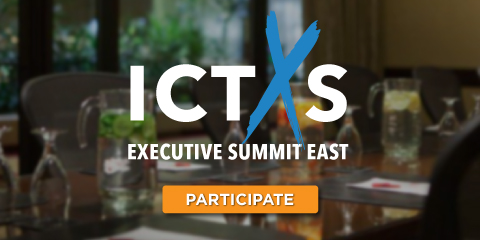Adopting an Agile Methodology to Drive Innovation
For example, development teams adopt Agile with the goal of learning as much as possible about an idea or product in a short burst of time, so that the team can adjust accordingly. The same can be infused into an enterprise’s innovation process by implementing the Lean Startup methodology. Lean’s aim is to shorten product development cycles to focus on learning as much as possible, and as quickly as possible about an idea that can lead to a potential new solution.
Implementing Lean Startup
There are people who have contributed to developing the Lean Startup idea, including Ash Maurya, Steve Blank, and Cindy Alavarez, among others. Each understand that there are three core phases of a Lean model for businesses to validate to ensure they maximize the chances that a new product will succeed – Problem/Solution Fit, Product/Market Fit, and Scale. While the stages are chronological, each includes important opportunities to re-evaluate and test the idea against real world needs through the build, measure, and learn cycle.
Phase 1: Problem/Solution Fit
In today’s technology culture, many companies can be excitable and jump straight into development. In Lean, it’s important to first answer “Should we build it?” before figuring out “Can we build it?” Maurya points out in his book Running Lean that “Life is too short to build something nobody wants” and I couldn’t agree more. The Problem/Solution Fit includes a few different steps to understand the problem your business wants to try to solve and whether this can be done in a way that resonates with potential early adopters.
At this stage, you do not need to have the answer to the problem. The task is to validate whether the problem is real and acute enough that people would pay for a solution to solve it. Simple tools, such as Lean Canvas, can help define and document your entire business around your idea and identify the riskiest elements that you will want to test first.
Blank emphasizes that the best practice is to “get out of the building” and set up a number of customer interviews to collect direct feedback from end users to validate the problem. If your problem is validated, then move onto the next stage; otherwise, find a different problem that may need a solution.
Having qualified the problem the next step is to build the smallest experiment possible to test possible solutions to understand what resonates with customers. You should start with the riskiest part of the plan and build a demo that can stand for the actual solution, which can be a video, PDF, slide deck, and anything that outlines how a potential product might solve a problem. Through this small test, you can learn a significant amount about your potential solution without wasting a huge amount time building the wrong thing.




















